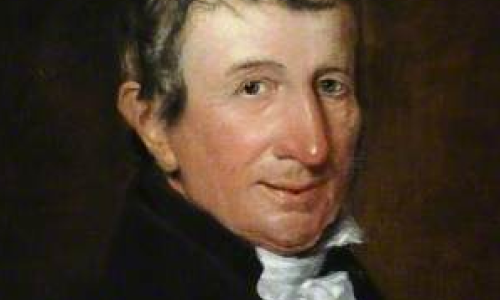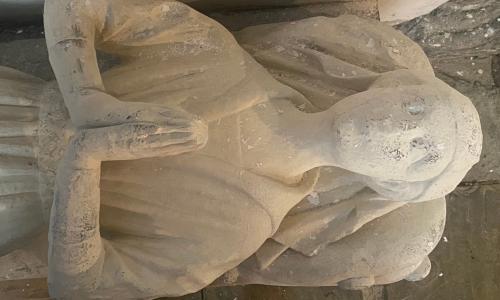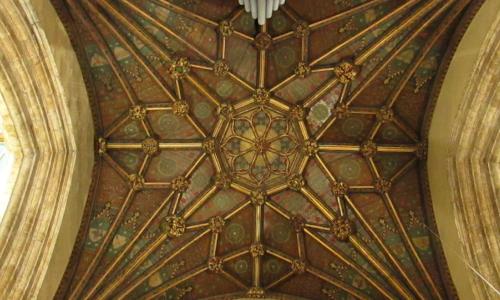From the 1780s to the 1830s, body-snatching was a problem in Hull. People sometimes think graves were robbed because people wanted to steal goods from them such as jewellery. However, the main reason for grave-robbing was to serve education and medical science! It was the body itself which was valuable, and money could be made by those brave enough to enter a burial ground at night and steal a fresh corpse from a new grave.
Hull Infirmary was founded in 1782, in the same wave of city expansion as the Castle Street burial ground: its first permanent building was built on the new Prospect Street in 1784. Surgeons and doctors trained there on the job. They needed bodies to examine in order to learn how they work, and about different diseases and how to treat them. The law at the time only allowed them to use bodies of executed criminals, but there were not enough of these, they were mostly men, and they might be otherwise healthy. Freshly buried bodies were therefore stolen for medical research, as they had not decayed (remember, this is before fridges were invented!). These bodies presented with all kinds of diseases and accidents, so were more useful for medical students to examine. The church condemned this as desecration and did all it could to prevent it.
Castle Street was not surrounded by houses in the way that Holy Trinity Churchyard was, so it was easier for the body-snatchers – sometimes called ‘Resurrection Men’ – to dig without being seen. They sometimes had inside help: the son of one of the Sextons was brought in for questioning in one case. You could only be prosecuted for theft or damage to property, not the body (which did not count as property). This generally meant the coffin, or the clothes of the dead person. So, in one 1834 case, the sewing on a shroud sleeve was recognised by the lady who had made it for Mrs Elizabeth Smith, her dead neighbour, so the offenders were prosecuted for tearing off the dead woman’s sleeve.
To protect a body from being stolen, people sometimes used mortsafes. These are iron rings or bands around the coffin, which stopped the body being pulled out. Several of these have been found at Castle Street.
In 1831, Hull and East Riding School of Medicine and Anatomy was founded, to give formal training to doctors and surgeons. The entrance of it is now part of Kingston Court, opposite the New Theatre. In 1832 Parliament passed the Anatomy Act, which allowed people to give their bodies to medical science, to be examined in exchange for a funeral, and also allowed doctors to examine unclaimed bodies – usually, poor people who died in workhouses or prisons with no known relatives. Even so, body-snatching cases continued at Castle Street into the mid 1830s, with dead people being found in carts on Charles Street, near the new medical school!




